
Last week, Phonak announced their brand new Infinio range of hearing aids. This was a major announcement in the world of hearing technology and Phonak’s biggest release to date.
Whilst these hearing aids won’t be launched until the end of the month, we’ve got everything you need to know in terms of designs, technology and how they can change your listening experience forever.

Phonak Infinio models
There are four models included in the Phonak Infinio family of hearing aids:
Audéo Infinio
Their rechargeable receiver-in-canal style is essentially designed for versatility, being suitable for a range of different hearing losses and is loaded with plenty of new features which we’ll discuss later.
Virto R Infinio
The Virto R Infinio is Phonak’s first-ever rechargeable in-the-ear hearing aid. They support directional microphones and, of all the in-the-ear hearing aids out there, these win the award for the coolest looking.
Audéo Infinio CROS
Finally, Phonak have a new Audeo Infinio CROS, specifically designed for those with unilateral hearing loss who need a CROS or BiCROS setup. With this new CROS system, Phonak’s attention has been on battery life with a 30% improvement, overcoming all the issues they’ve had with their previous CROS and BiCROS systems.
Audéo Infinio Sphere
The Audéo Infinio Sphere is a whole new level of hearing aid, bringing game-changing technology to the Infinio family that we’ve never seen before. That’s not just in terms of hearing but also speech understanding, especially in the presence of background noise which we’ll cover in-depth later in this blog.

Phonak Infinio designs
Let’s take a look at the new designs of the Infinio family, and how they compare to some of Phonak’s other hearing aids.
Audéo Infinio, Audéo Infinio Sphere & CROS
These hearing aids look pretty similar to Phonak’s previous model, the Audéo Lumity, specifically the Lumity Life. However, they are a little bit shorter.
You’ll notice the microphones have dual ports for both the front and rear-facing microphones, and there’s been a slight modification to the positioning of the rocker switch, sitting a little lower than its predecessor. This rocker switch can be used for changing your programs, volume, and answering phone calls.
Finally, they are fitted with a receiver wire which feeds energy and information to the speaker which sits inside your ear.

Virto R Infinio design
The brand new design of the Virto R Infinio sits inside the ear and houses a push button, twin microphones for directionality, charging contacts, and an LED in the centre.
It has all of the same features of the receiver-in-canal Infinio, meaning that there is no compromise on rechargeability, hearing in noise, tap control features, accelerometers, etc, as there often are with in-the-ear models of hearing aids.
If you’re interested in having the custom model made, firstly, an impression needs to be taken of your ear and sent across to Phonak headquarters to be made – this process normally takes around 2 weeks.
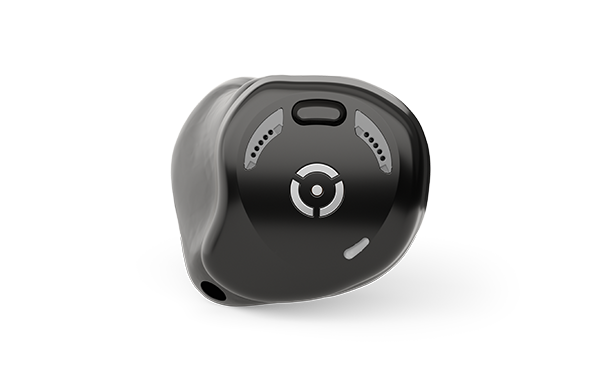
Customisation
As with previous Phonak receiver-in-canal hearing aids, the Infinios can also be customised to your ears and hearing loss by changing the tip on the end, and Phonak have a selection of medical-grade silicon tips to choose from, ranging from open, closed, or power domes.
Not only that, but one thing that’s often overlooked by audiologists is having a custom tip made for the end of your hearing aid. This can affect the clarity and sharpness coming from your hearing aid, it can affect how full and rich it sounds, how good it sounds when streaming from your phone, a Roger On system, or your TV, and most importantly how well your hearing aids will cope when you’re in background noise.
So the misconception that hearing aid tips are just about comfort is not true at all; it affects way more than the comfort of your hearing aids.

New features of Phonak Infinio hearing aids
Biometric calibration
Phonak boasts that these new hearing aids are custom-built using biometric calibration which minimises sound leakage and maximises sound quality, and it’s pretty awesome how they do it.
This biometric calibration process uses advanced imaging technology to create a detailed map of your ear, scanning the whole impression and predicting how sound bounces around before it hits the hearing aid microphone. This technically means that two people with identical hearing test results could have completely differently built hearing aids dictated by the shapes of their outer ears.
ERA Chip
Phonak have introduced a brand new ERA chip integrated into each of these hearing aids, and this brings with it four key developments.
APD 3.0
Firstly, we’re seeing the introduction of APD 3.0 which is a brand new audiological fitting model replacing APD 2.0, and it uses up-to-date research on providing the most appropriate amount of sound needed to compensate for your specific hearing loss per frequency – without it sounding unnatural or overwhelming in any way.
Phonak research states that 93% of those who have tried this hearing aid already in their research phase prefer it to the sound of other leading competitors.
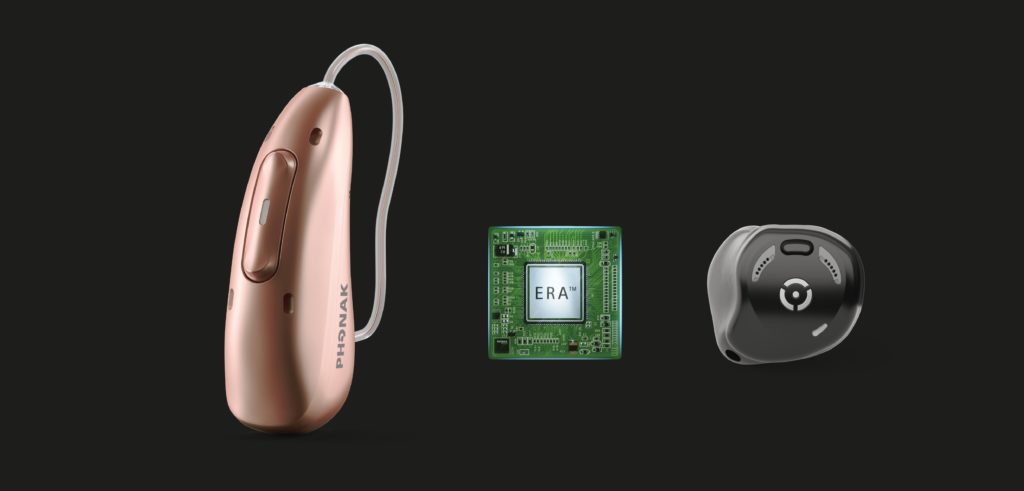
Autosense 6.0
AutoSense uses sophisticated algorithms that continually analyse the acoustic environment around you and make real-time adjustments to optimise sound clarity and comfort.
Phonak have developed this even further in their Infinio by moving on to AutoSense 6.0 which enhances speech understanding by 16% and reduces listening effort by up to 45%, dynamically reducing background noise and making it easier for you to understand conversations without straining.
This means that you can rely more on your ears and far less on focusing on visual clues and contextual information, which means that you should ultimately be more relaxed and less tired when you’re listening. This should make the sound more natural, sharper and clearer, especially in noisy environments.
Phonak Auracast Bluetooth updates
Phonak is the only manufacturer that uses classic Bluetooth, allowing you to connect to any Bluetooth device and not just smartphones. Yet they’ve found a way to make themselves even more unique with four different developments.
Firstly, Infinio Universal compatibility means it connects with all Bluetooth-enabled devices, including smartphones, tablets, and computers. This integration supports a wide range of audio codecs ensuring high-quality streaming regardless of the source and supports dual streaming too, allowing you to connect to multiple devices simultaneously which isn’t possible from any other manufacturer.
Secondly, the Infinio also offers hands-free calling, with the new chip ensuring instant connectivity so your hearing aids are ready to use immediately after start-up. Phonak states that this is the lowest latency they’ve ever been able to provide, meaning that there’s no noticeable delay when switching between different audio sources.

Thirdly, this new chip also allows for six times the transmission power of previous models, providing a far more stable, robust, and faster connection. This increased power ensures consistent audio quality and connectivity over longer distances so that you can enjoy uninterrupted streaming and phone calls even with the device in your bag, jacket, or just not on your person.
Finally, Infinio is also Auracast-ready. Phonak have joined the likes of ReSound, Signia, and Oticon by including the latest version of LE audio into their new technology which is going to change your listening experience forever.
You’ll see an improvement in the Bluetooth capabilities with your phone when it comes to sound quality and battery consumption, and that’s whether you’re listening to phone calls, music, the radio, or podcasts all whilst keeping your phone in your pocket, which will give you a truly hands-free experience.
Where this technology will really take off is in any public venue that has a built-in Auracast transmitter. This new form of transmitter is specifically designed to work with newer LE audio technology and will send any signal to your hearing aids such as if you walk into a football stadium and want to hear the commentary, or when you walk into a train station and want to hear the train announcements, or even if you head to a museum tour and you want to hear the tour guide with perfect clarity and distinction.
Something worth noting, however, is that whilst this is built into the Infinio, it hasn’t yet been activated and that’s the same with any hearing aid manufacturer. It will be done in the future with a simple and free firmware update.
Build Quality Updates
Phonak have made what was their previous Life model their minimum standard now when it comes to robustness and water protection, which at the moment is only rivalled by Starkey with their Starkey Genesis AI hearing aids.
They have done this by adding microphone protection, sealing the seams with silicone, and coating the components with a Parylene coating. Then, they brutally tested this technology in the lab to ensure it does exactly what they’ve promised.
Everything you need to know about Audéo Infinio Sphere
As we mentioned earlier, the Audéo Infinio Sphere is undoubtedly the highlight of this announcement, so it’s worthy of its own section. This is the exciting bit, so let’s dive into what makes Audéo Infinio Sphere a game-changing hearing aid.

Phonak’s new AI
Phonak has had an offline form of AI built into their hearing aids in the form of machine learning. This has essentially been used to help the hearing aids understand the type of acoustic environment that you’re in and then adjust themselves accordingly.
However, they’ve now followed the likes of Oticon and Starkey and introduced a deep neural network, but they’ve taken it one step further. The Infinio Sphere is the world’s first hearing aid to be powered by a dedicated real-time AI chip for speech-from-noise separation, with the main focus of these hearing aids being a better understanding of speech in the presence of background noise.
Deep Neural Network
So, what does this deep neural network mean? Phonak boasts there are 4.5 million neural connections, and they’re trained with over 22 million sound samples so this Deep Sonic chip achieves an unparalleled improvement in signal-to-noise ratio by up to 10 dB.
Now, whilst 10 dB doesn’t sound like a huge number in relative terms, it is gigantic and essentially means that you’re three times more likely to be able to understand speech when you’re in noise compared to any other hearing aid manufacturer that’s out there.
Phonak’s Audiological Research Centre conducted comprehensive studies highlighting their effectiveness on speech clarity and in complex listening situations such as background noise. They reproduced a 36.8% increase in speech understanding and a significant reduction in listening effort.
On top of that, their clinical trials have also shown that users with moderate to severe hearing loss experienced 21% less fatigue and a 45% reduction in listening effort, and those that have also used a Roger On, these benefits are pronounced even further, enhancing speech understanding by 61%.

Of course, these are all brand-new releases so we’ll await feedback from our patients here at Harley Street Hearing before being able to provide an in-depth review.
If you’re interested in learning more about the new Phonak Infinio range, get in touch with us.
Reviewing Phonak’s Audéo Infinio, Virto Infinio R & Phonak Audéo Infino CROS Features
Matthew Allsop is a Partner at Harley Street Hearing and the content creator for Hearing Tracker, where he shares his honest opinions on all things to do with hearing health and hearing aid technology. Hearing Tracker is the world’s first truly independent resource for hearing aid customers. You can watch his video on the Phonak Infinio range of hearing aids below.
Phonak Audéo Sphere Infinio Feature Review: The Best Hearing Aid of 2024!
Enjoy this article? You might be interested in some of our others:




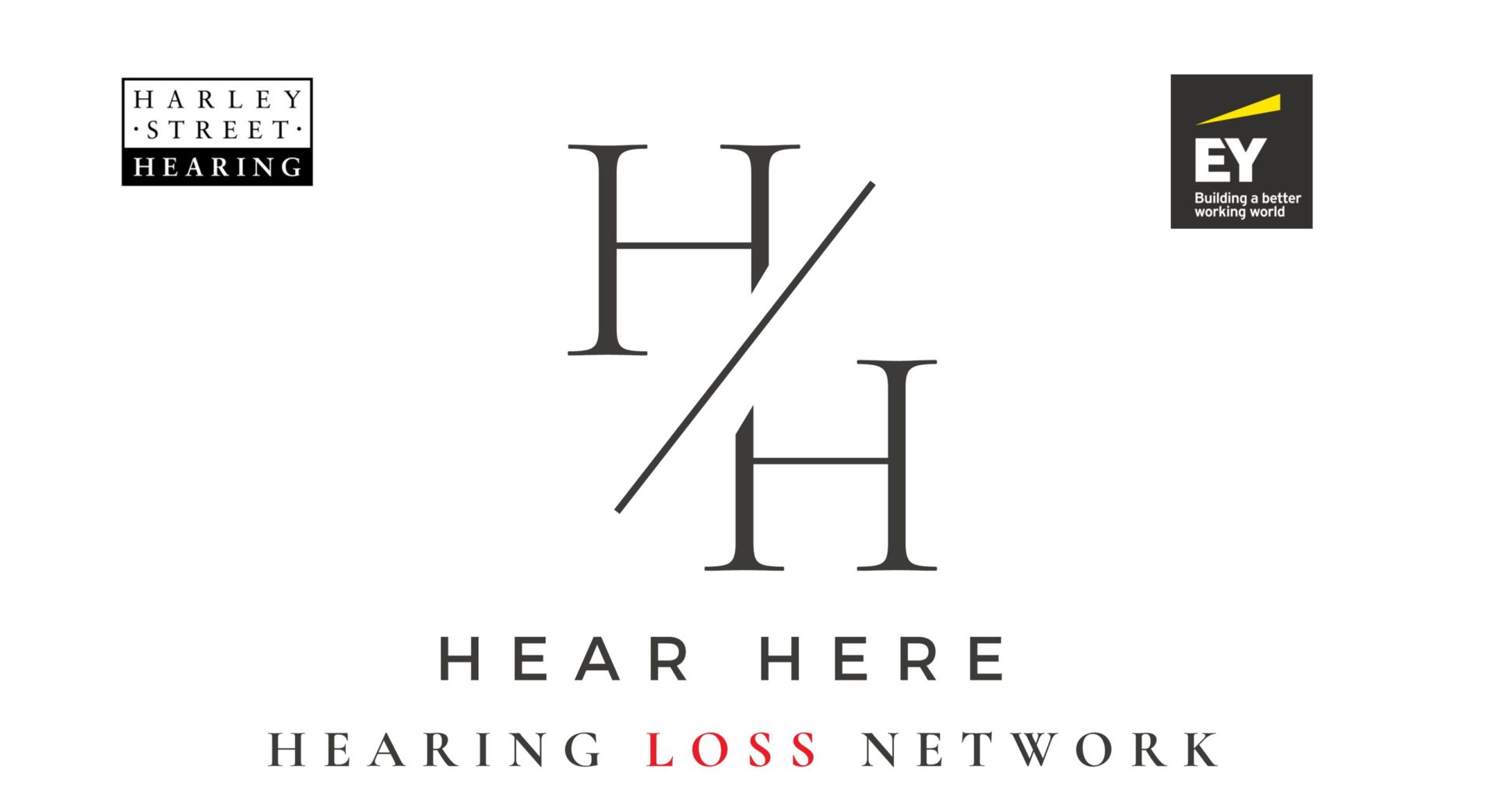



















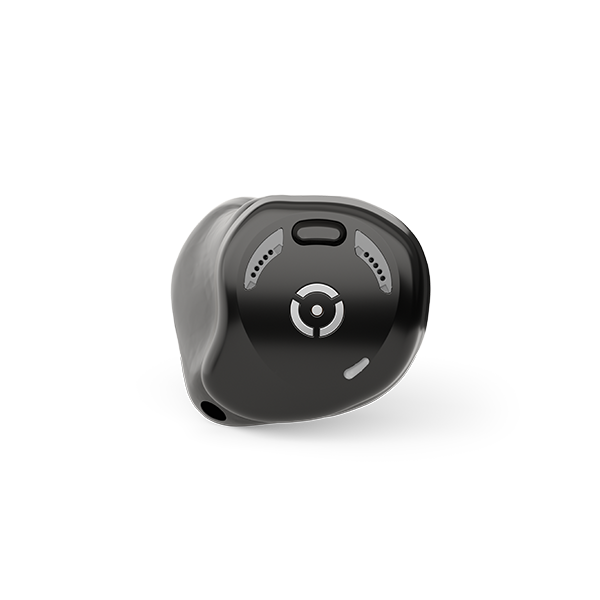
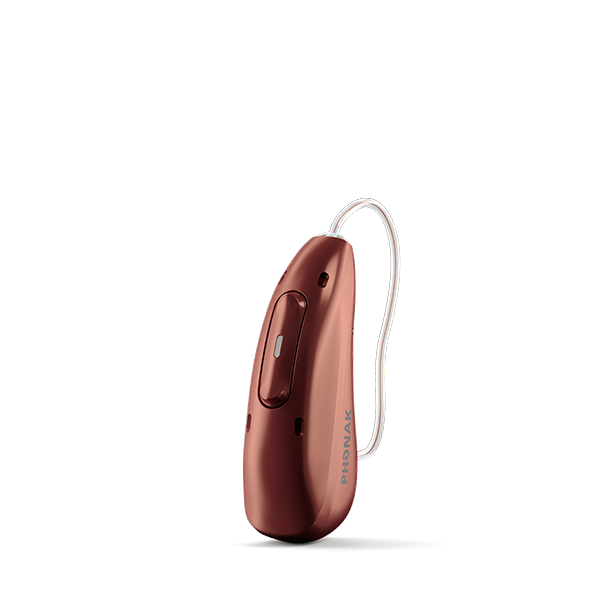
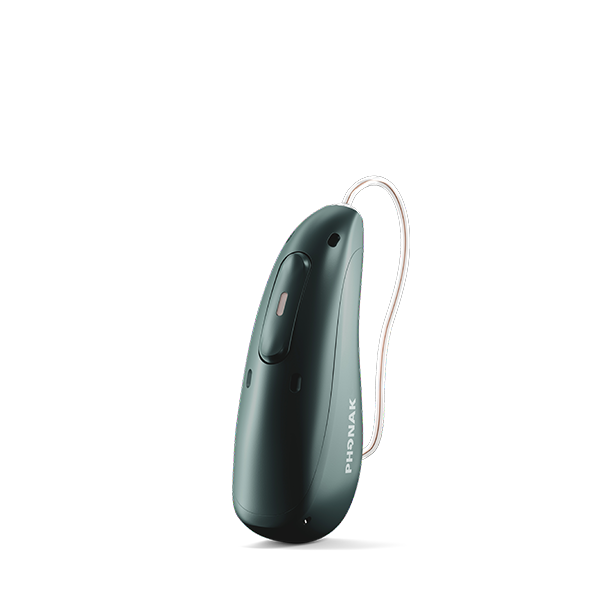







Recent Comments